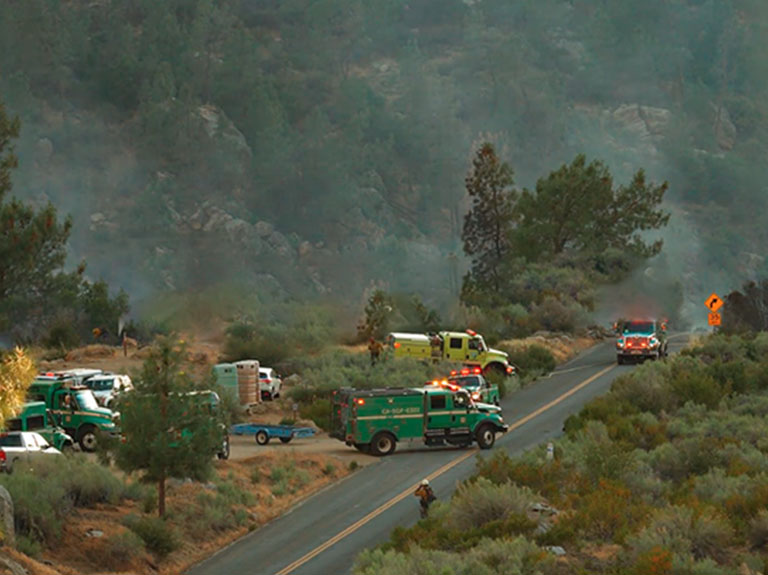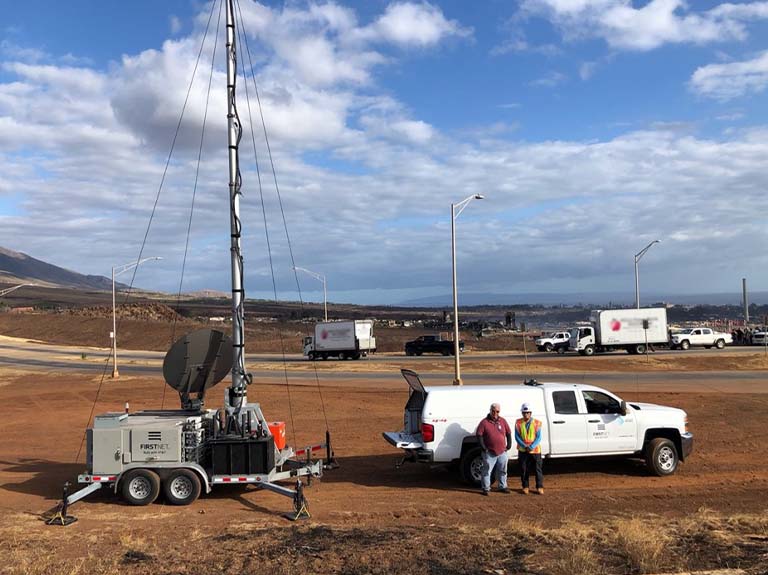Hurricane Season Essentials

It's important to have the necessary items ready during hurricane season.
In addition to the essentials — bottled water, non-perishable foods, clothes and cash — it's also important to make proper precautions with your smartphone, so you can stay connected with family, friends and authorities, if needed.
Below are some essential smartphone-use tips from AT&T that should be included in your kit during hurricane season:
Use text messaging: During an emergency situation, text messages go through quicker than voice calls because they require less system resources.
Keep your wireless phone dry. The biggest threat to your device during a hurricane is water, so keep your equipment safe from the elements by storing it in a baggie or some other type of protective covering.
Keep your wireless phone batteries charged at all times. Have an alternative plan to recharge your battery in case of a power outage, such as using your car charger to charge your device or having extra mobile phone batteries on hand.
Also, here are some tips from AT&T for maximizing service during and after a hurricane:
- Have a family communication plan in place. Designate someone out of the area as a central contact, and make certain that all family members know who to contact if they get separated. Most importantly, practice your emergency plan in advance.
- Program all of your emergency contact numbers and e-mail addresses into your mobile phone. Numbers should include the police department, fire station and hospital, as well as your family members.
- Forward your home number to your wireless number in the event of an evacuation. Because call forwarding is based out of the telephone central office, you will get incoming calls from your landline phone even if your local telephone service is disrupted at your home. In the unlikely event that the central office is not operational, services such as Voicemail, Call Forwarding, Remote Access call forwarding and call forwarding busy line/don’t answer may be useful.
- Track the storm and access weather information on your wireless device. Many homes lose power during severe weather. If you have a wireless device that provides access to the Internet, you can watch weather reports through services like AT&T U-verse Live TV or keep updated with local radar and severe weather alerts through My-Cast® Weather, if you subscribe to those services.
- Camera phones provide assistance. If you have a camera phone, take, store and send photos — even video clips — of damaged property to your insurance company from your device.
- Take advantage of location-based mapping technology. Services such as AT&T Navigator and AT&T FamilyMap can help you seek evacuation routes or avoid traffic congestion from downed trees or power lines, as well as track a family member’s wireless device in case you get separated.



